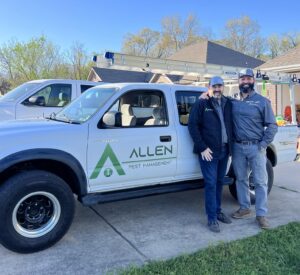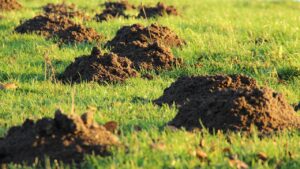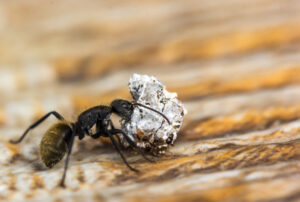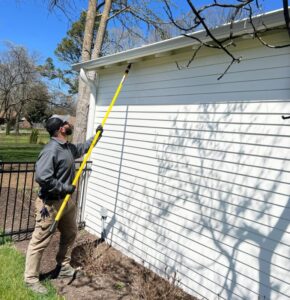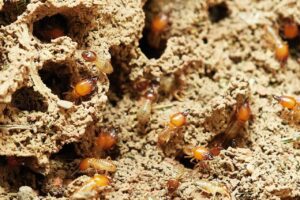That rustling in your attic might seem like a minor inconvenience now, but waiting to address wildlife intrusions can lead to significant expenses and problems down the road. While many homeowners delay action when they first notice signs of unwanted animal guests, this hesitation often results in compounding issues that affect both property value and family health.
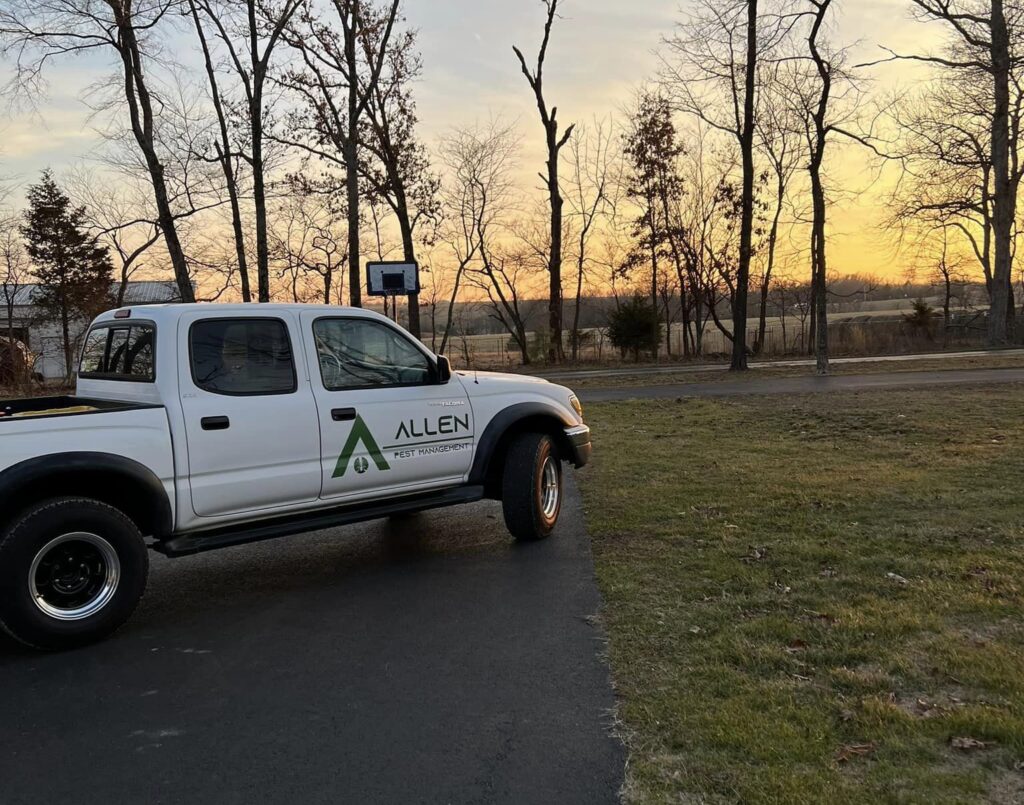
Financial Burdens Beyond the Obvious
The monetary impact of wildlife infestations extends far beyond the initial cost of removal. When animals establish themselves in your home, they set in motion a chain of expenses that grows over time:
Structural Repair Expenses
Wild animals don’t respect your property’s boundaries or structural integrity. Raccoons, squirrels, and other wildlife can tear through insulation, damage wiring, and create entry points throughout your home. These activities compromise your home’s structure in ways that aren’t immediately visible.
A family in Arkansas recently discovered that raccoons in their attic had chewed through electrical wiring, causing short circuits that required complete rewiring of their upper floor. The total cost exceeded $5,000—significantly more than early intervention would have cost.
Decreased Property Value
Real estate professionals confirm that evidence of wildlife damage can substantially reduce a home’s market value. Home inspections routinely flag animal damage, forcing sellers to either reduce asking prices or pay for repairs before selling.
Rising Utility Bills
Animals that damage insulation or create openings in your home’s exterior cause more than just structural concerns—they impact your energy efficiency. Homeowners often notice increased heating and cooling costs months before identifying the wildlife causing the problem.
Health Implications That Develop Over Time
Wildlife carries various health risks that intensify the longer animals remain in your living space:
Disease Transmission Risks
Many wildlife species carry diseases transmissible to humans and pets. These pathogens often spread through:
- Animal droppings
- Contaminated surfaces
- Direct contact
- Parasites that transfer from animals to humans
The longer wildlife stays in your home, the greater the contamination becomes and the higher the risk of illness.
Respiratory Issues From Accumulating Debris
Animal nesting materials, droppings, and dander accumulate in walls, attics, and crawl spaces. This buildup creates air quality problems that can trigger allergic reactions, asthma attacks, and persistent respiratory irritation.
Mental Health Strain
Living with unwanted wildlife creates psychological stress that’s often overlooked. The constant noise, worry about encounters, and sleep disruption take a toll on residents’ mental well-being.
Landscape Deterioration
Your yard suffers when wildlife makes itself at home. Moles create tunnel systems that destabilize soil and damage root systems. Animals seeking food sources often destroy gardens and ornamental plants. These changes affect your home’s curb appeal and outdoor enjoyment.
Secondary Pest Problems
Wildlife infestations frequently lead to secondary pest issues. When dealing with mole infestations, for example, they create entry points or bring in nesting materials, introducing insects and smaller pests. This creates layered infestations that become increasingly difficult to resolve.
The Escalating Timeline of Inaction
The progression of a wildlife problem follows a predictable pattern when left unaddressed:
Initial Settlement Phase
Animals first enter looking for basic needs—food, water, and shelter. During this phase, damage is minimal and focused around entry points. Removal at this stage is straightforward and relatively inexpensive.
Establishment and Expansion
Without intervention, wildlife begins establishing themselves, cozying up on your property. They create nests, establish feeding patterns, and may reproduce. The expansion phase brings increased damage as animals modify your home to suit their needs.
Multi-Generation Occupation
The most costly stage occurs when wildlife breeds within your property. Multiple generations of animals expand their territory throughout your home, causing widespread damage and contamination. At this point, remediation costs often reach into the thousands.
The Value of Prevention
The most cost-effective approach to wildlife management is preventing infestations before they begin. Simple preventive measures include:
Property Modifications That Deter Wildlife
Making your property less appealing to wildlife significantly reduces infestation risk:
- Remove food sources like pet food, bird feeders, and fallen fruit
- Manage water accumulation from leaks, pools, or birdbaths
- Trim vegetation away from your home’s exterior
- Keep grass short and remove woodpiles near structures
Regular Maintenance Routines
Routine maintenance identifies potential problems before animals move in:
- Inspect your roof and foundation seasonally
- Check attic spaces periodically
- Monitor utility entry points
- Repair damage promptly, even if minor
The True Cost of Delay
When weighing whether to address wildlife concerns immediately or wait, consider the full spectrum of costs. The initial investment in professional wildlife management typically represents a fraction of what you’ll spend if the problem progresses unchecked.
Beyond financial considerations, the health risks, property damage, and stress associated with established infestations make early intervention the clearly superior choice. The peace of mind that comes with a wildlife-free home proves invaluable for most families.If you’ve noticed signs of unwanted wildlife, don’t wait for the problem to escalate. Consulting with wildlife management professionals provides the information you need to make an informed decision about protecting your home and family from these often-overlooked costs.


